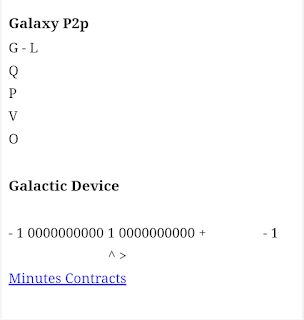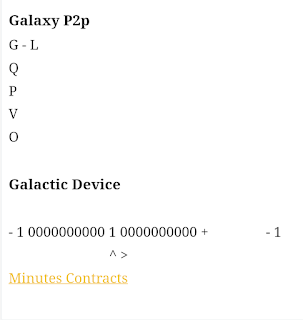Learning nuclear physics step by step requires an organized approach. Below is a roadmap to guide you through the learning process, starting from fundamental concepts to more advanced topics.
1. Basic Foundations: Classical Physics
Before diving into nuclear physics, ensure you have a solid understanding of the following topics:
Classical Mechanics:
Newton’s Laws
Conservation Laws (Energy, Momentum, Angular Momentum)
Work, Energy, and Power
Oscillations and Waves
Electromagnetism:
Coulomb’s Law
Electric Fields and Potentials
Magnetic Fields and Electromagnetic Induction
Maxwell’s Equations
Thermodynamics and Statistical Mechanics:
Laws of Thermodynamics
Heat, Temperature, and Work
Entropy and Statistical Mechanics
Special Relativity:
Time Dilation, Length Contraction
Energy-Mass Equivalence (E = mc²)
2. Introduction to Atomic Physics
Nuclear physics is closely related to atomic physics. Start by learning:
The Atom and Its Structure:
Atomic Model (Bohr’s Model, Quantum Mechanical Model)
Atomic Orbitals and Energy Levels
Electron Transitions and Spectra
Basic Quantum Mechanics:
Wave-Particle Duality (De Broglie, Heisenberg Uncertainty Principle)
Schrödinger Equation
Quantum States and Operators
3. Introduction to Nuclear Physics
Now, begin learning the foundational concepts of nuclear physics.
Nuclear Structure:
The Nucleus and Its Constituents (Protons, Neutrons)
Nuclear Models (Liquid Drop Model, Shell Model)
Isotopes and Isobars
Nuclear Forces:
The Strong Nuclear Force
The Role of the Strong Force in Binding Nuclei
Radioactivity:
Types of Radiation: Alpha, Beta, Gamma Decay
Half-Life and Radioactive Decay Law
Detection of Radiation
4. Nuclear Reactions and Processes
This step covers how atomic nuclei interact and undergo reactions.
Nuclear Decay Processes:
Alpha, Beta, Gamma Decay Mechanisms
Fission and Fusion
Nuclear Fission:
Fission Reactions and Chain Reactions
Energy Release in Fission
Nuclear Reactors and Energy Generation
Nuclear Fusion:
Fusion in Stars
Fusion Reactions
Challenges of Controlled Fusion
5. Nuclear Models and Theories
Deepen your understanding of the various models and theories used to describe nuclear behavior.
Liquid Drop Model:
Nucleus as a Droplet of Nuclear Fluid
Binding Energy and Nuclear Stability
Shell Model:
Nucleon Energy Levels and Magic Numbers
Spin-Orbit Coupling
Collective Model:
Vibrational and Rotational Behavior of Nuclei
6. Nuclear Reactions and Cross-Sections
Learn more advanced concepts involving nuclear interactions and measurements.
Cross-Sections and Reaction Rates:
Definition of Cross-Section
Applications in Nuclear Reactors, Particle Accelerators
Nuclear Reactions:
Inelastic Scattering, Elastic Scattering
(n, γ) Reactions, (n, p) Reactions
7. Applications of Nuclear Physics
At this stage, focus on the real-world applications and implications of nuclear physics.
Nuclear Energy:
Fission Reactors
Fusion Energy and the Sun
Nuclear Power Generation
Medical Applications:
Radiation Therapy
Nuclear Medicine (PET Scans, MRI, etc.)
Nuclear Weapons:
Atomic Bomb
Hydrogen Bomb
Arms Control and Nonproliferation
Astrophysics:
Nucleosynthesis (Formation of Elements in Stars)
Supernovae and Stellar Evolution
8. Advanced Topics in Nuclear Physics
Once you've mastered the basics, move on to more advanced topics.
Quantum Chromodynamics (QCD):
Fundamental Forces (Strong Force, Quarks, Gluons)
Color Charge and Quantum Fluctuations
Neutrinos and Neutrino Physics:
Neutrino Properties
Solar Neutrinos and Supernova Neutrinos
Nuclear Astrophysics:
Stellar Nucleosynthesis
Neutron Stars and Black Holes
Experimental Techniques in Nuclear Physics:
Particle Accelerators and Detectors
Data Analysis and Simulations
9. Study Resources
Textbooks:
"Introduction to Nuclear Physics" by Harald A. Enge
"Nuclear Physics: Principles and Applications" by John Lilley
"Nuclear Reactor Physics, Second Edition" by Elmer E. Lewis
Online Courses:
MIT OpenCourseWare (Nuclear Physics)
Coursera or edX courses on Nuclear Science
YouTube Channels:
MIT OpenCourseWare (Physics Courses)
Khan Academy for basic physics concepts
10. Practical Exercises and Research
Work on problems from textbooks to solidify your understanding.
Engage with online nuclear physics communities.
Explore research papers and current trends in nuclear physics.
By following this step-by-step approach, you can build your knowledge from the basics to the most complex topics in nuclear physics.







0 Comments